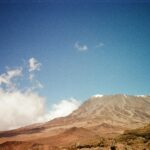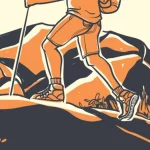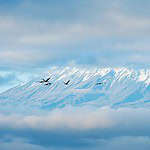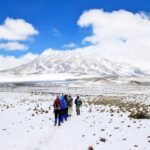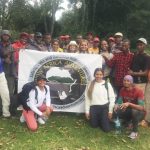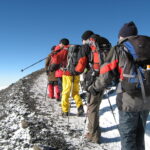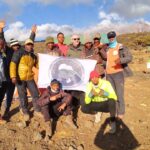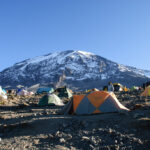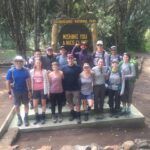Table of Contents
Climbing Mount Kilimanjaro: The Ultimate Guide to Africa’s Highest Peak
Climbing Mount Kilimanjaro is a dream adventure for trekkers worldwide. As the tallest mountain in Africa, it stands at 5,895 meters (19,341 feet) and offers breathtaking landscapes along the journey to the summit. Unlike many other high-altitude climbs, Climbing Mount Kilimanjaro does not require technical mountaineering skills, making it accessible to hikers with proper preparation. Whether you’re drawn to the challenge, the stunning scenery, or the sense of achievement, Climbing Mount Kilimanjaro is a once-in-a-lifetime experience. To ensure a successful ascent, careful planning and acclimatization are essential for anyone taking on the journey of Climbing Mount Kilimanjaro.
Best Time to Climb Mount Kilimanjaro
The best time to climb Kilimanjaro is during the dry seasons:
- January to March: Cooler with occasional snow at the summit.
- June to October: Warmer with clear skies and excellent visibility.
Avoid the heavy rains of April-May and November, which make trails slippery and less enjoyable.
Choosing the Right Route
There are six main routes to Kilimanjaro’s summit, each offering different experiences:
- Marangu Route – The only route with hut accommodations, often called the “Coca-Cola Route.” Best for those seeking a relatively easier trek.
- Machame Route – Also known as the “Whiskey Route,” this scenic yet challenging route is one of the most popular choices.
- Lemosho Route – A longer and more scenic route that improves acclimatization, increasing summit success rates.
- Rongai Route – The only route approaching from the north, offering a quieter and drier trek.
- Shira Route – Similar to Lemosho but starts at a higher elevation, making acclimatization more difficult.
- Umbwe Route – The steepest and most challenging, recommended for experienced hikers only.
How Much Does It Cost to Climb Kilimanjaro?
The cost varies based on route, duration, and services included. Expect to pay between $1,500 – $5,000 for a guided trek. The price typically includes park fees, guides, porters, meals, and accommodations.
Additional Costs:
- Flights – International flights to Kilimanjaro International Airport (JRO) vary based on your location.
- Gear Rental – If you don’t have trekking gear, you can rent it in Tanzania.
- Tipping – It’s customary to tip guides and porters, adding $250-$500 to your budget.
How to Prepare for the Climb
1. Physical Training
Kilimanjaro is a strenuous trek. Prepare by:
- Hiking regularly with a weighted backpack.
- Building endurance through cardio and strength training.
- Practicing high-altitude hikes, if possible.
2. Packing Essentials
A good packing list includes:
- Waterproof and thermal clothing
- Sturdy hiking boots
- Sleeping bag rated for cold temperatures
- Trekking poles for stability
- High-energy snacks
3. Acclimatization & Altitude Sickness
To prevent altitude sickness:
- Choose longer routes (Lemosho or Machame) for better acclimatization.
- Stay hydrated and maintain a slow, steady pace.
- Consider altitude medication like Diamox if recommended by a doctor.
What to Expect on Summit Day
Summit day is the most challenging part of the trek. Climbers start before midnight to reach Uhuru Peak at sunrise. The final ascent is slow and steep, but reaching the summit is an unforgettable achievement, offering breathtaking views over Africa.
Conclusion
Climbing Mount Kilimanjaro is a once-in-a-lifetime adventure that requires preparation, determination, and respect for the mountain. By choosing the right route, training adequately, and preparing for altitude, you can maximize your chances of a successful summit. Start planning today and take on the challenge of reaching Africa’s highest peak!


